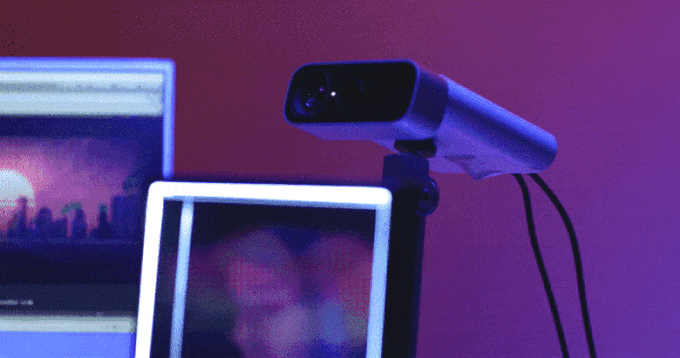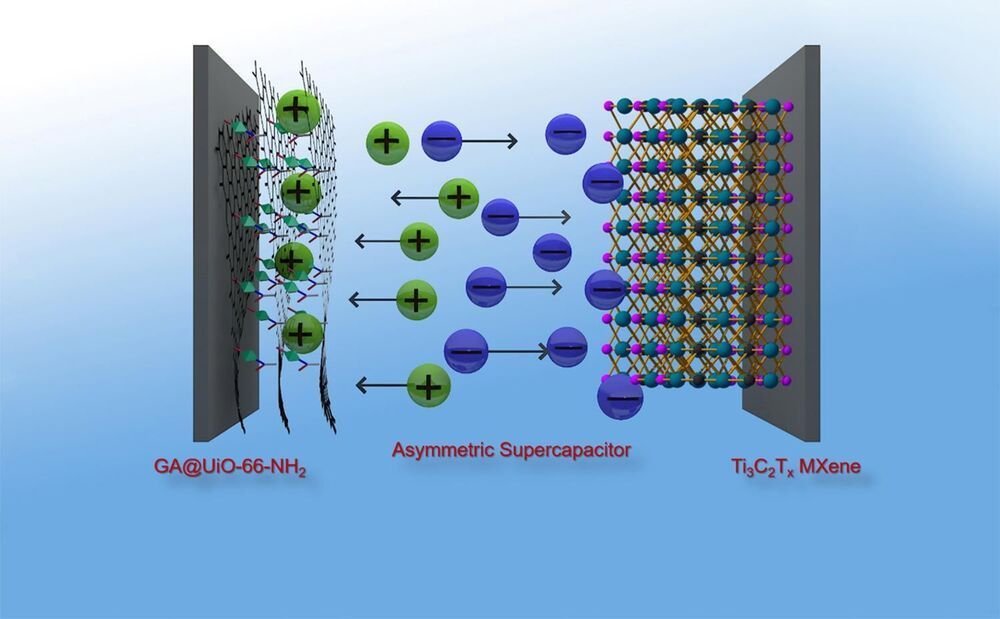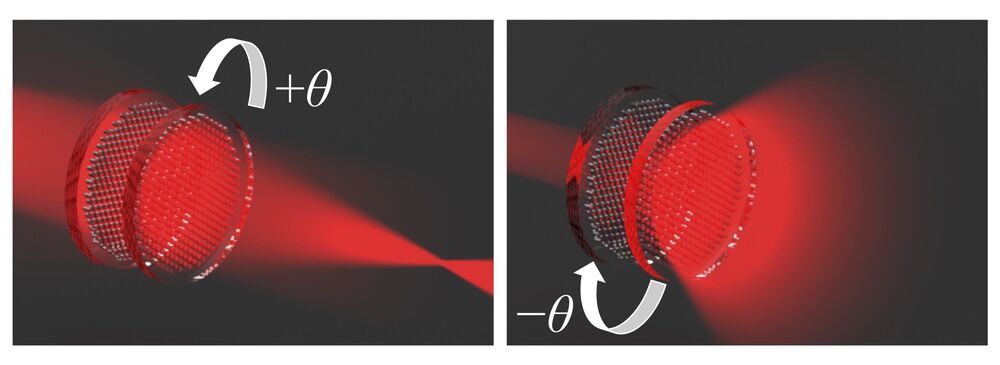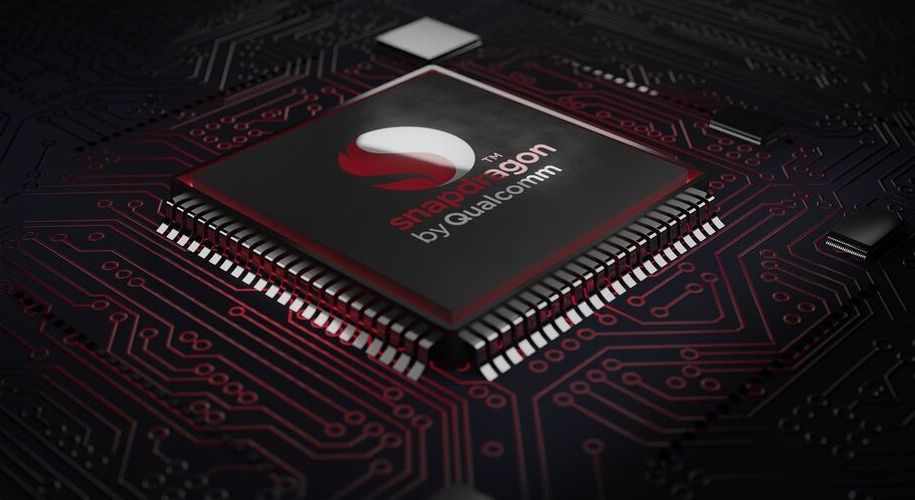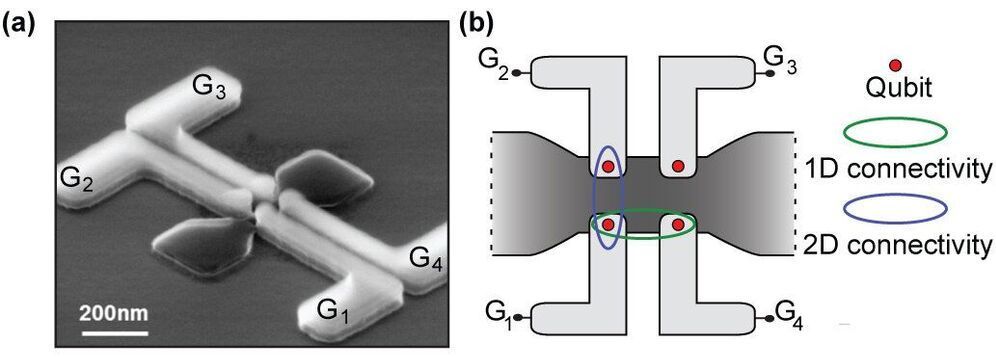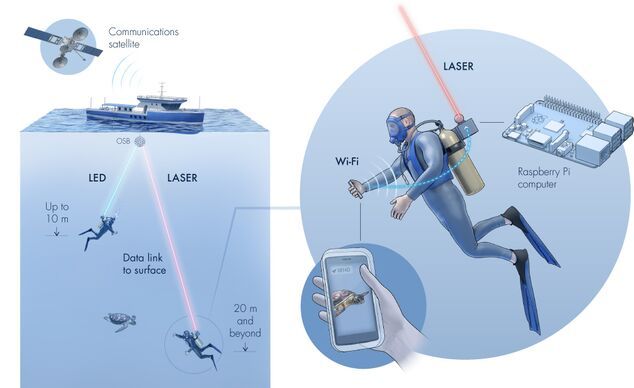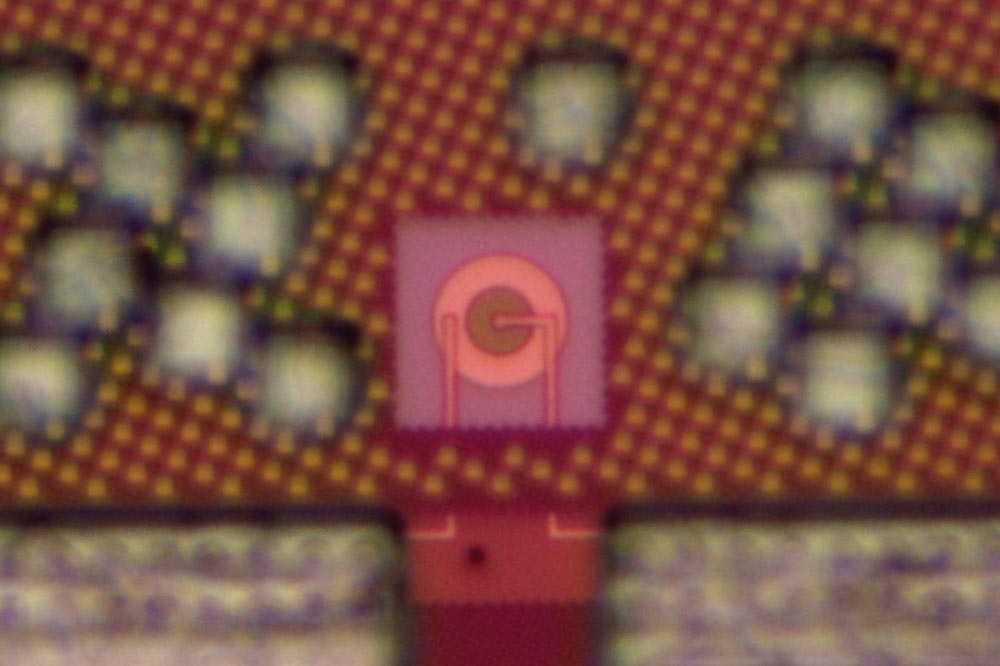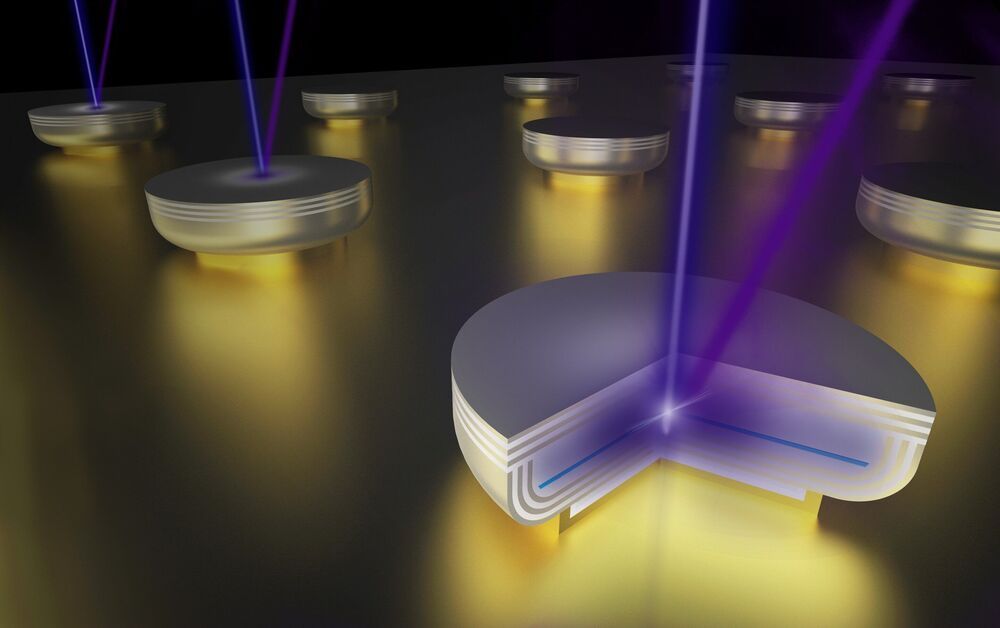On the first day of a popular psychology course in the 1970s at City College of New York, students were told the story of how a remote South American tribe that was never exposed to technology or even electricity reacted when they saw a cowboy program on TV for the first time. Panic-stricken viewers dodged out of the way as galloping horses disappeared at the edge of the screen, while others searched high and low to find the missing animals. These were old, bulky televisions with scrappy black-and-white displays. But to the tribe members, the images were chillingly real.
One wonders how those folks—not to mention modern-day tech geeks as well as the general public—would react to a portable projector that fits in the palm of your hand and is capable of displaying stunningly realistic 3D color holographic images. Chances are they’d be pretty impressed.
Looking Glass Factory, a Brooklyn-based tech firm, is set to offer an 8 holographic display called Portrait that will convert users’ favorite personal photos into lifelike holograms. No special equipment or skills are required. Users simply take regular 2-D photos with any device, ranging from sophisticated DSLR setups to low-end cellphones—even old family Polaroids should work—and send them to Looking Glass Factory’s cloud-based service.
